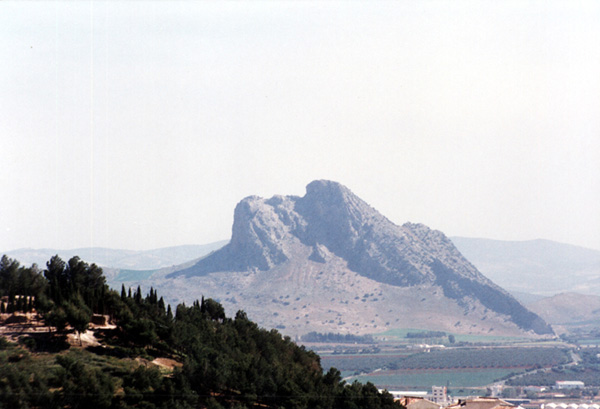A GROUP of archaeologists have unearthed two skulls in a megalithic dolmen discovered in the municipality of Antequera.
The discovery has been made by experts from the University of Sevilla and Southampton, led by Professor Leonardo Garcia Sanjuan, who form part of a research project which aims to reveal the processes that led to the creation of Menga Dolmen, famous for its significant geographical location.
The site now under investigation was first discovered in 2005. Since then there have been surface and geophysical surveys between 2009 and 2013, but it has not been formally excavated until now.
In just one week human remains and a new, never before identified ancient structure have been discovered.
The recently discovered monument is believed to have been part of a sacred space for the Neolithic communities in the area before the Menga Dolmen was built.
The exact location of the new findings has not been revealed, so as to ‘preserve the integrity of the site’ as well as avoid ‘possible vandalism’, city council sources said.
However the excavation site is at the foot of the Peña de los Enamorados, in the area known as Piedras Blancas.
Among the first findings, there has also been the discovery of very old lithic material (materials and artefacts made from rocks or minerals) supporting the belief that the site predates the construction of the Menga Dolmen.
In view of this excavation, Garcia Sanjuan believes that the site is probably the ‘first megalithic monument in the area of Antequera.’
However the findings need to be confirmed with radiocarbon tests and it will take ‘two or three years to reach conclusions about the discoveries.’ he said.
The Department of Prehistory and Archaeology of the University of Sevilla has published a scientific study which accredits that some cave paintings found in the Peña de los Enamorados are 5,900 years old, which places the site as the first sanctuary in Andalucia.








